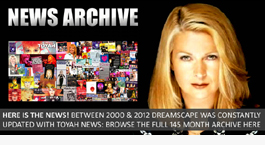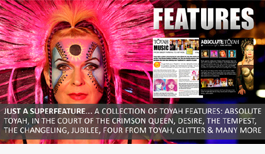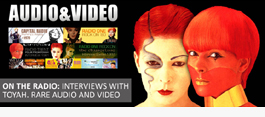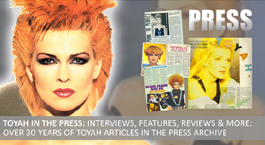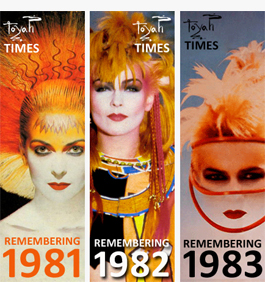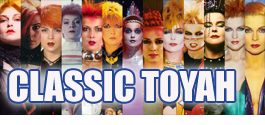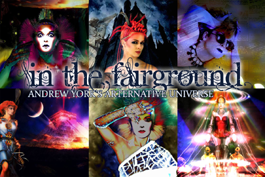Herb Schulz, Capturing The New Romantics: Toyah
A small preview of all of the photos of Toyah included in ‘Herb Schulz, Capturing The New Romantics’ digital book, including rare shots from the famous 1981 session that have never been published before. If you’re a fan of Toyah’s early 80s imagery, or the New Romantics in general, this book is a must! Buy the book here. It may be available in other formats, including hard-copy, at some point in the future. (Thanks again to Andi | Photos © Herb Schulz)
Herb Schulz, an acclaimed advertising and fashion photographer of the time took these portraits of the ‘Blitz Kids’ in his studio. Unlike other images documenting from this period, Schulz decided to capture these creations in a sterile environment, removing them from the clubs or drab streets of 1980s London, imbuing them with a sense of hyper-reality. These images, like no other of the era, capture with a heightened sense of intimacy the characters behind the facades. Photos include Steve Strange, Boy George, Toyah Willcox, Siouxsie Sioux and many never before seen images from the earlier time of the New Romantic movement.






